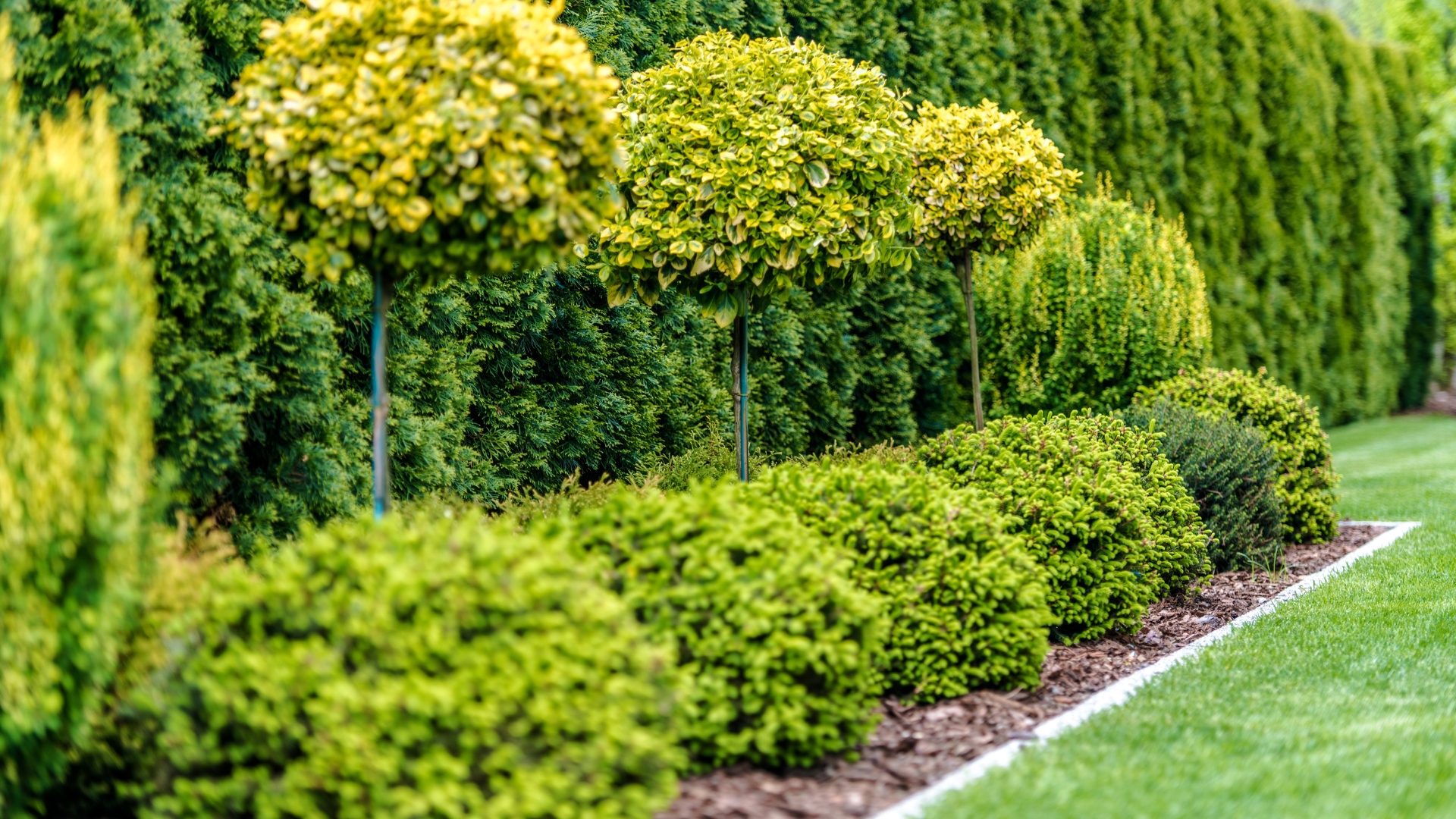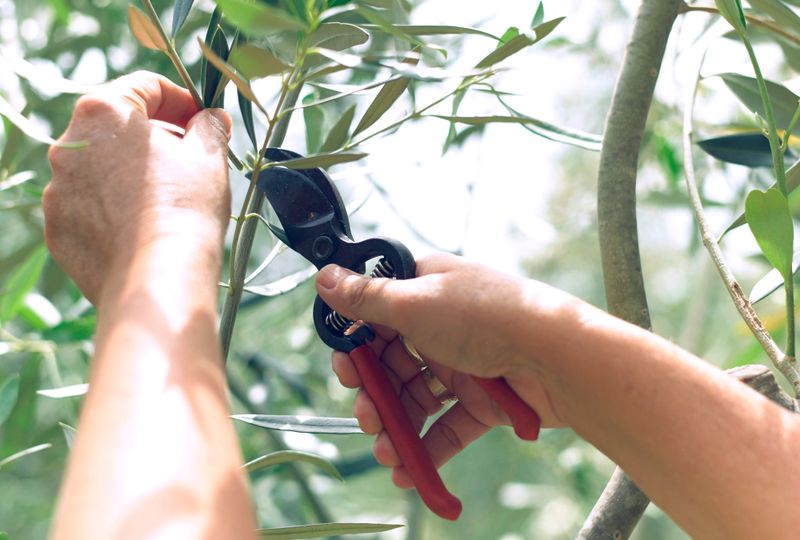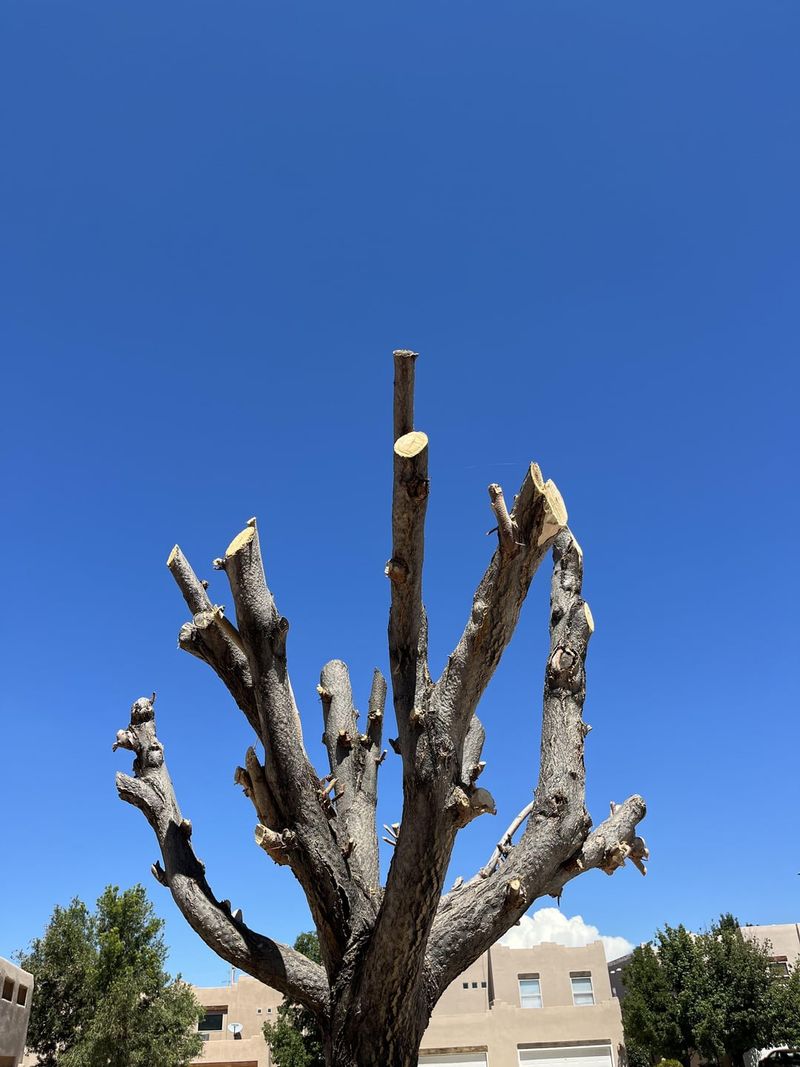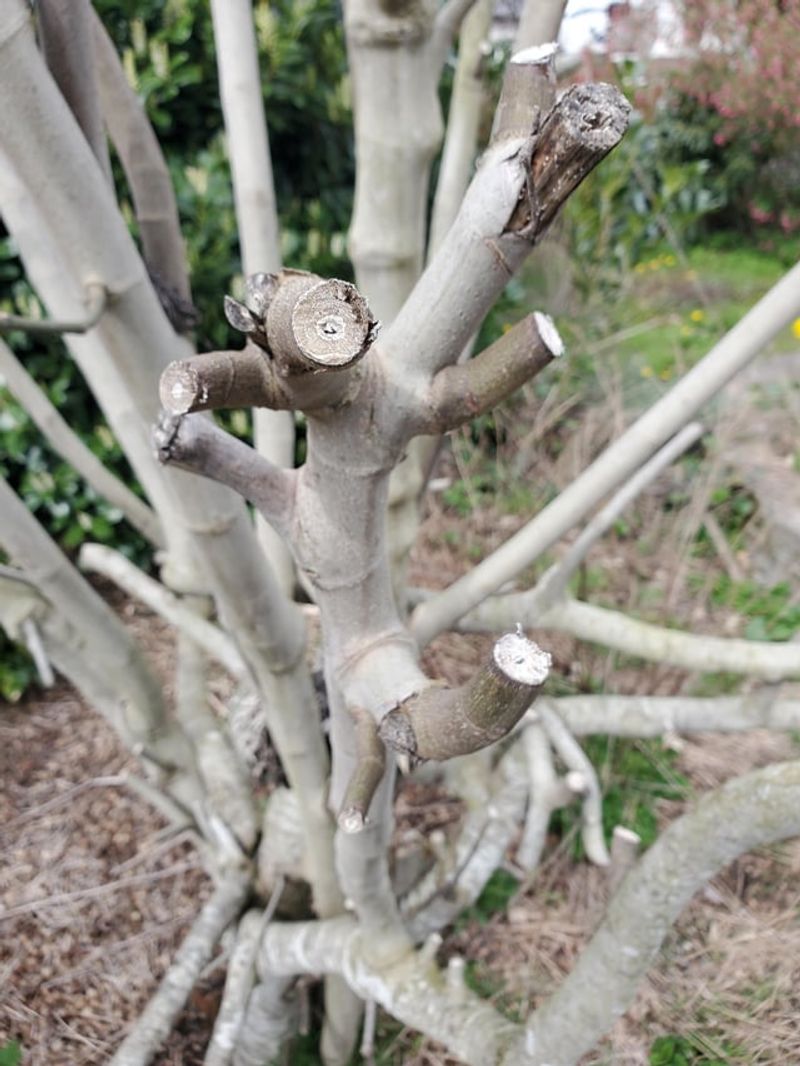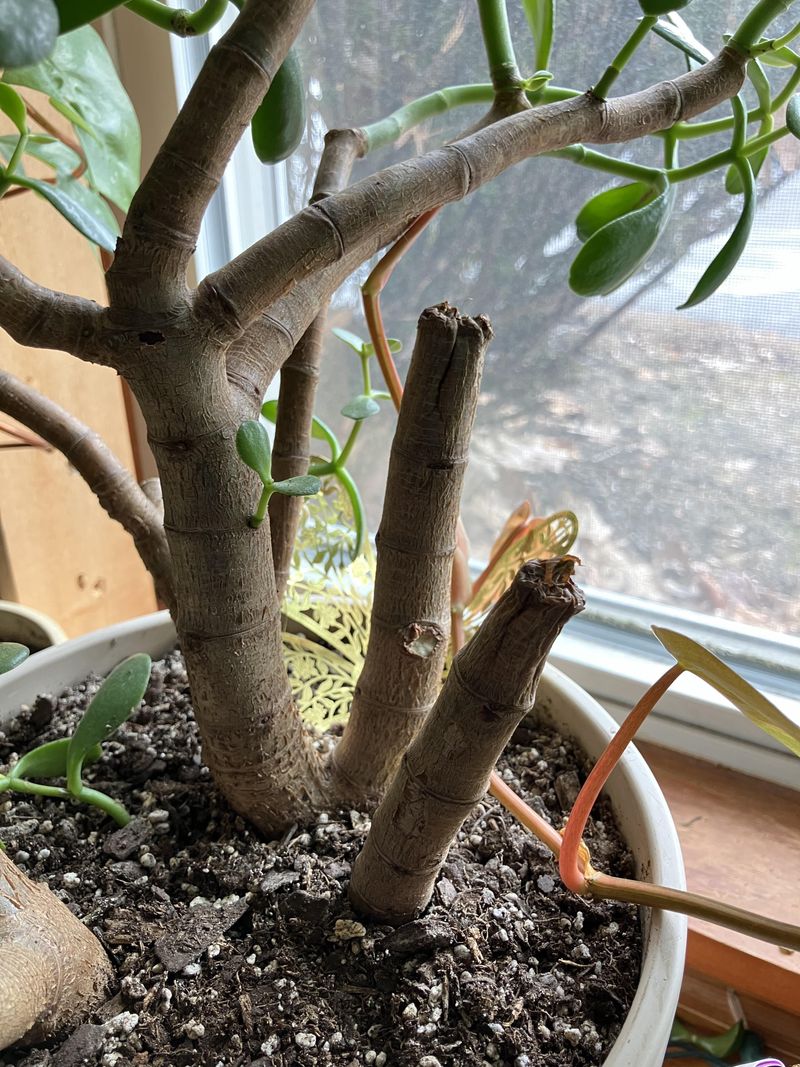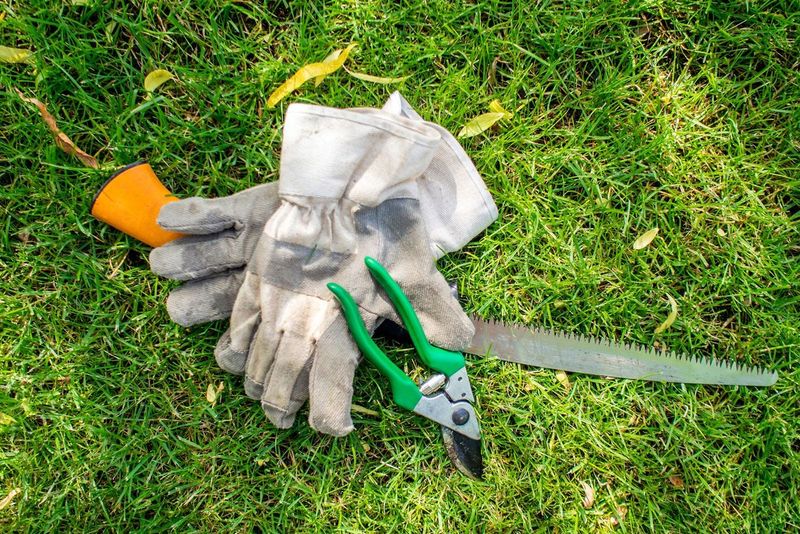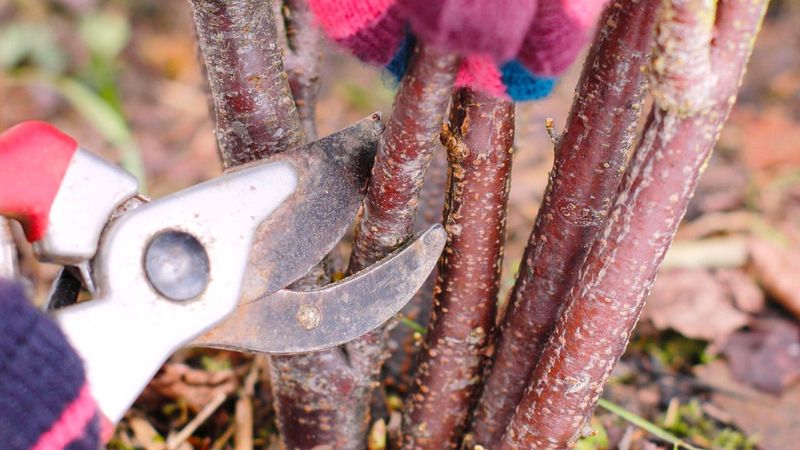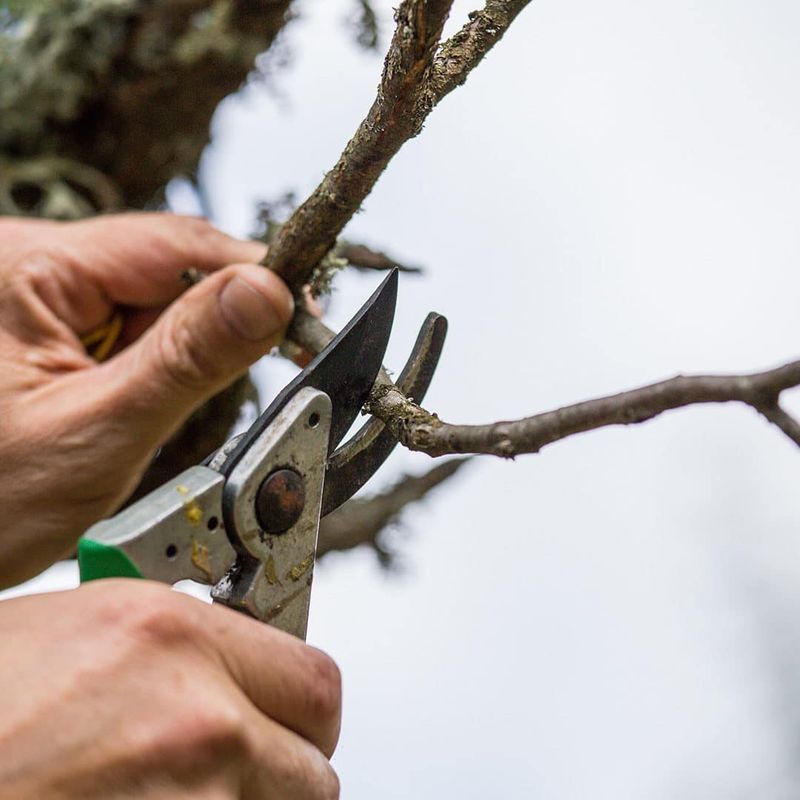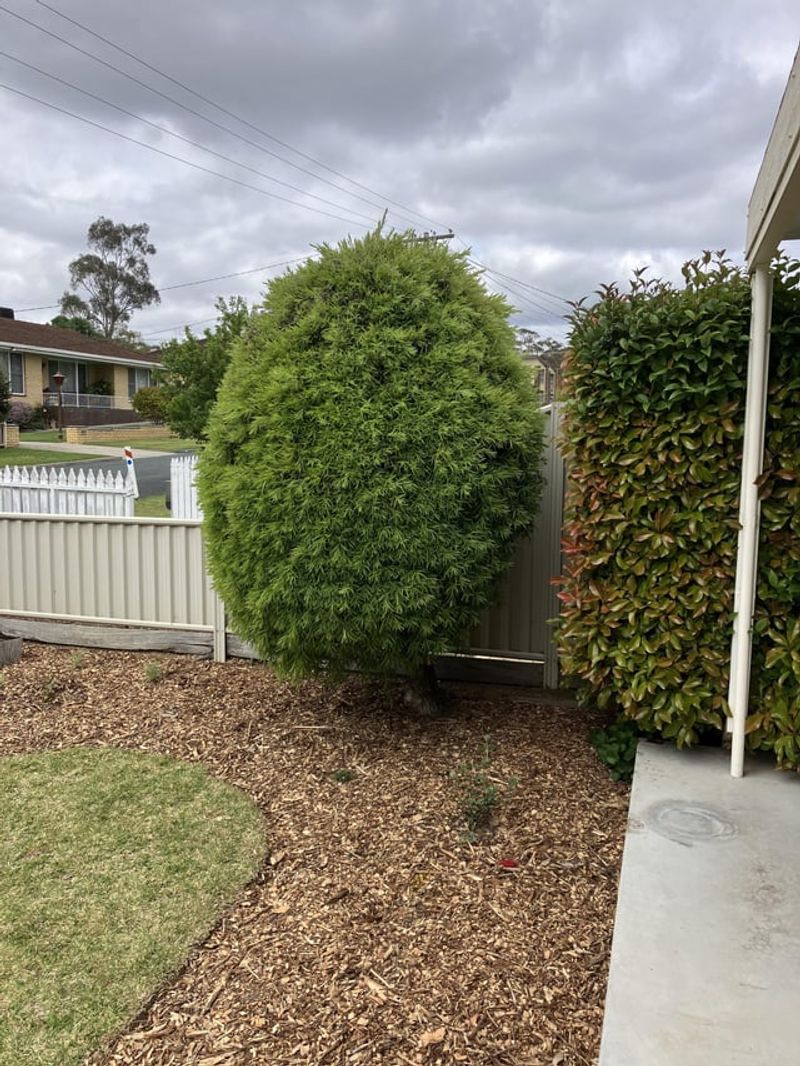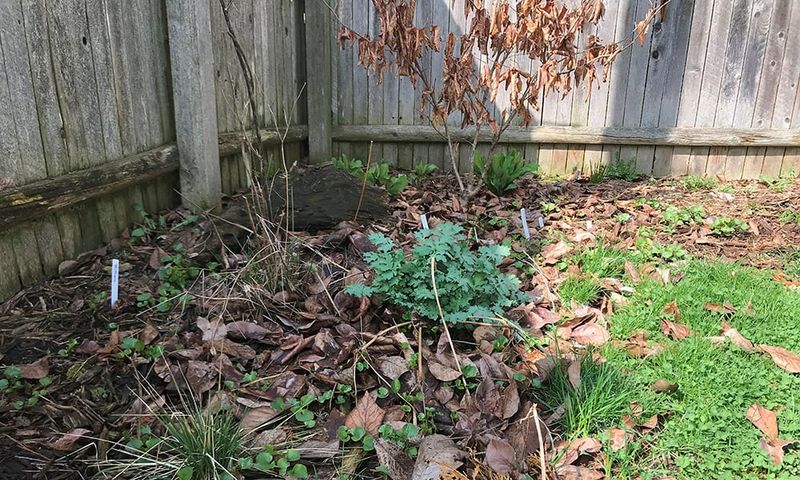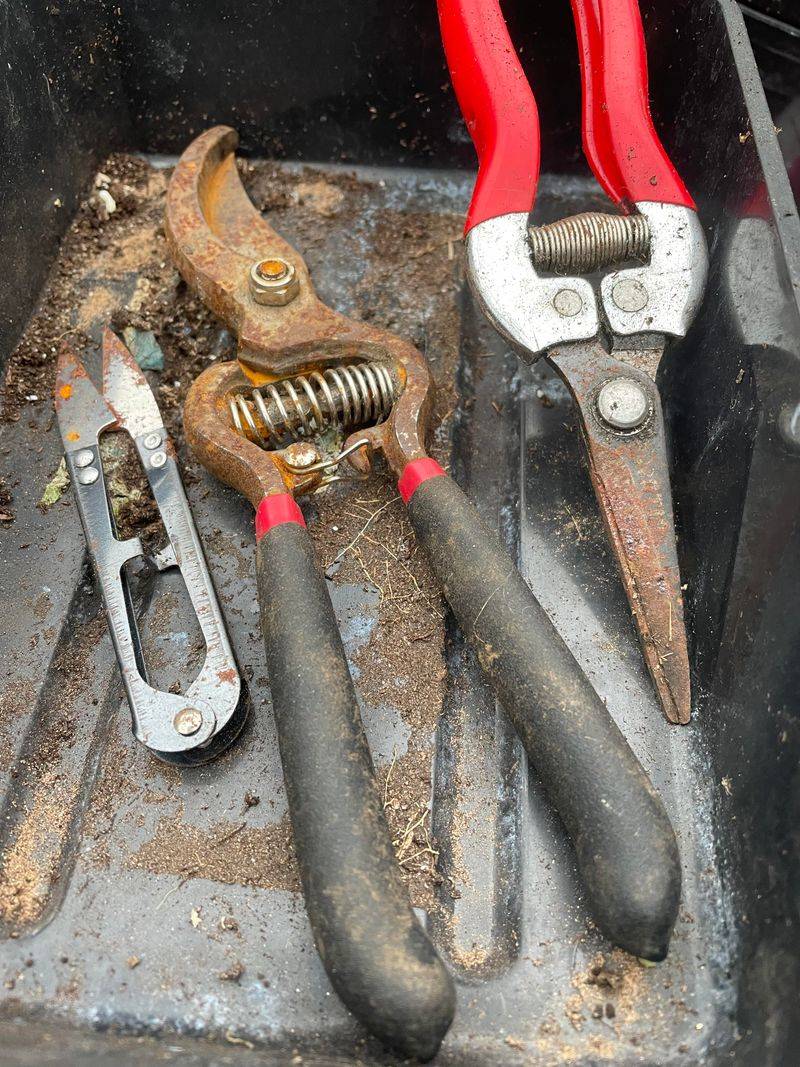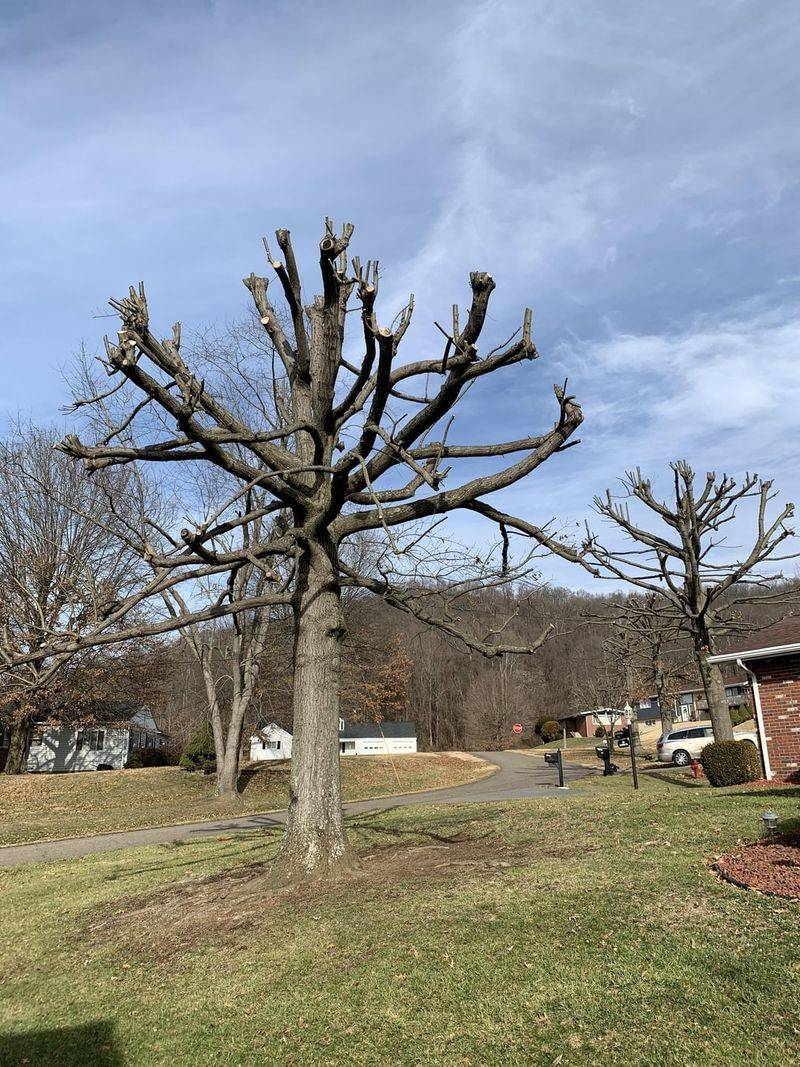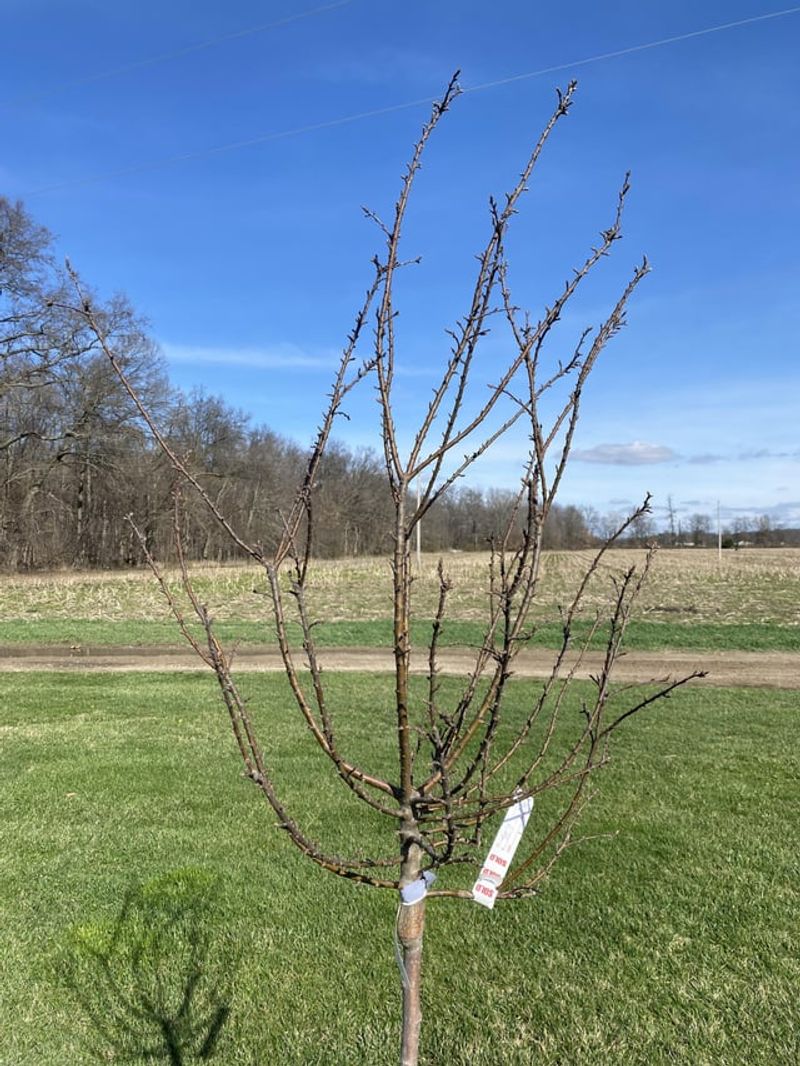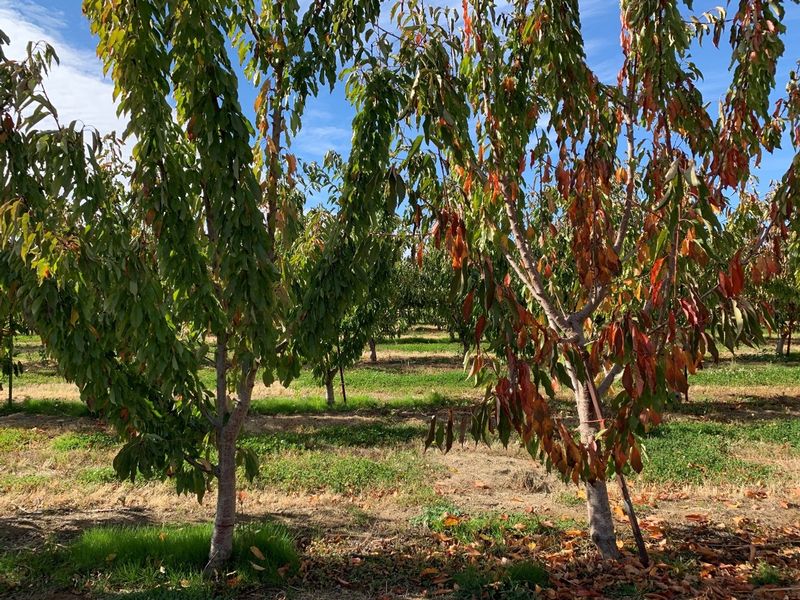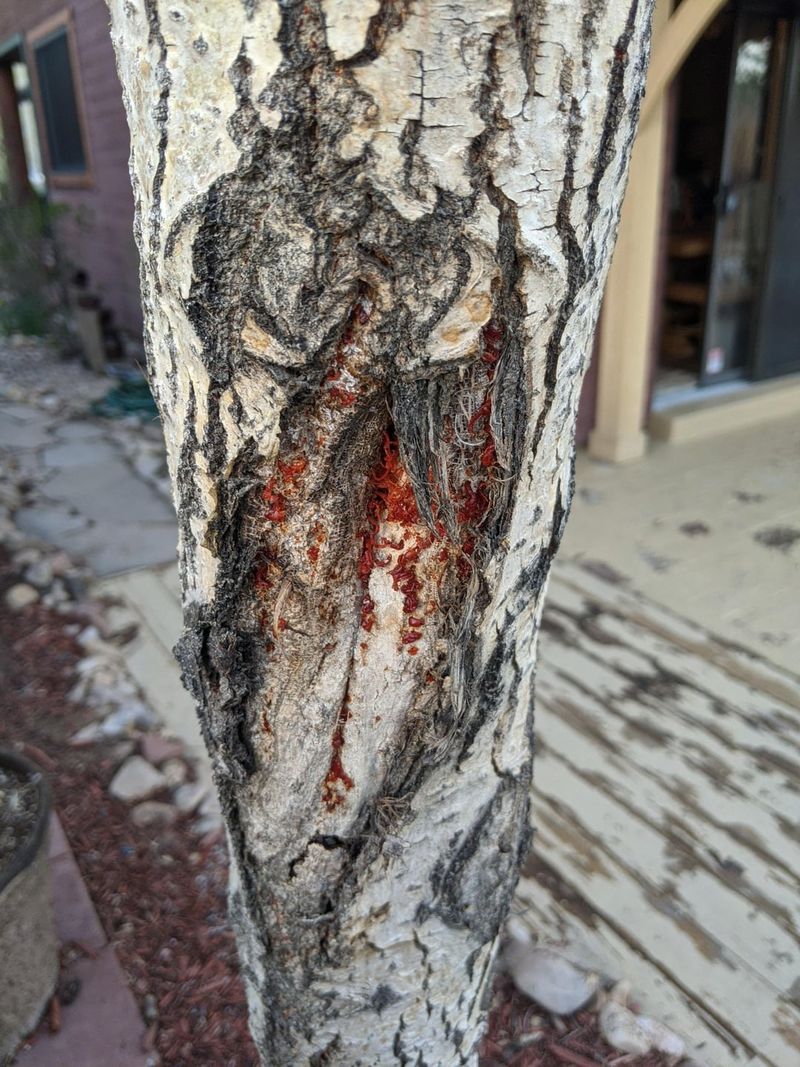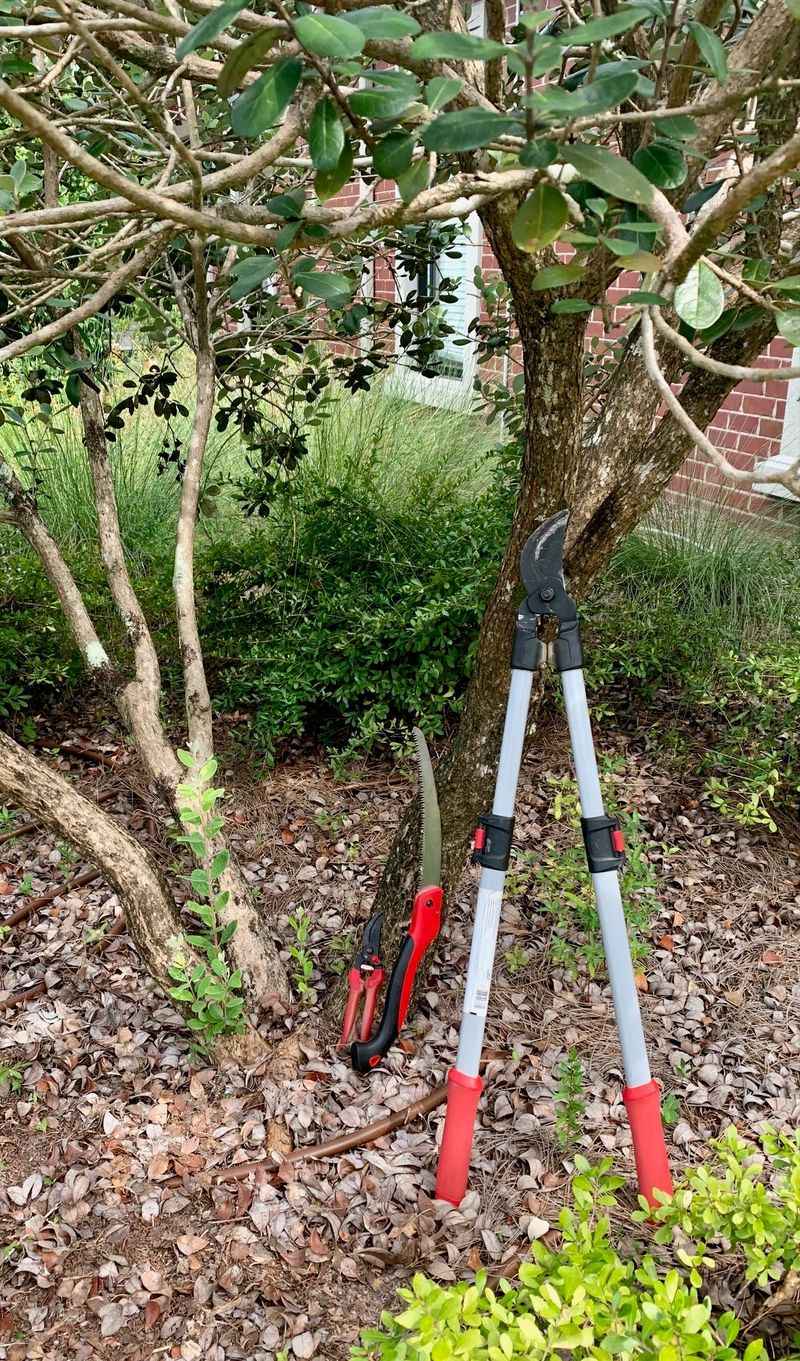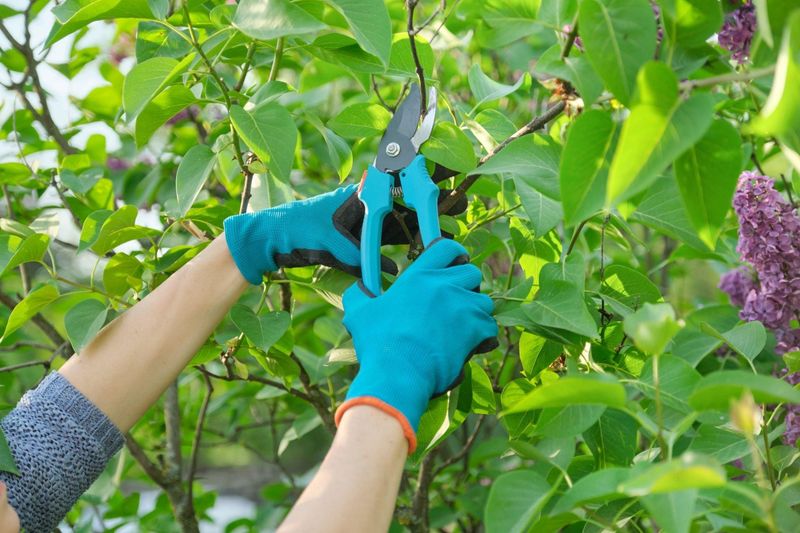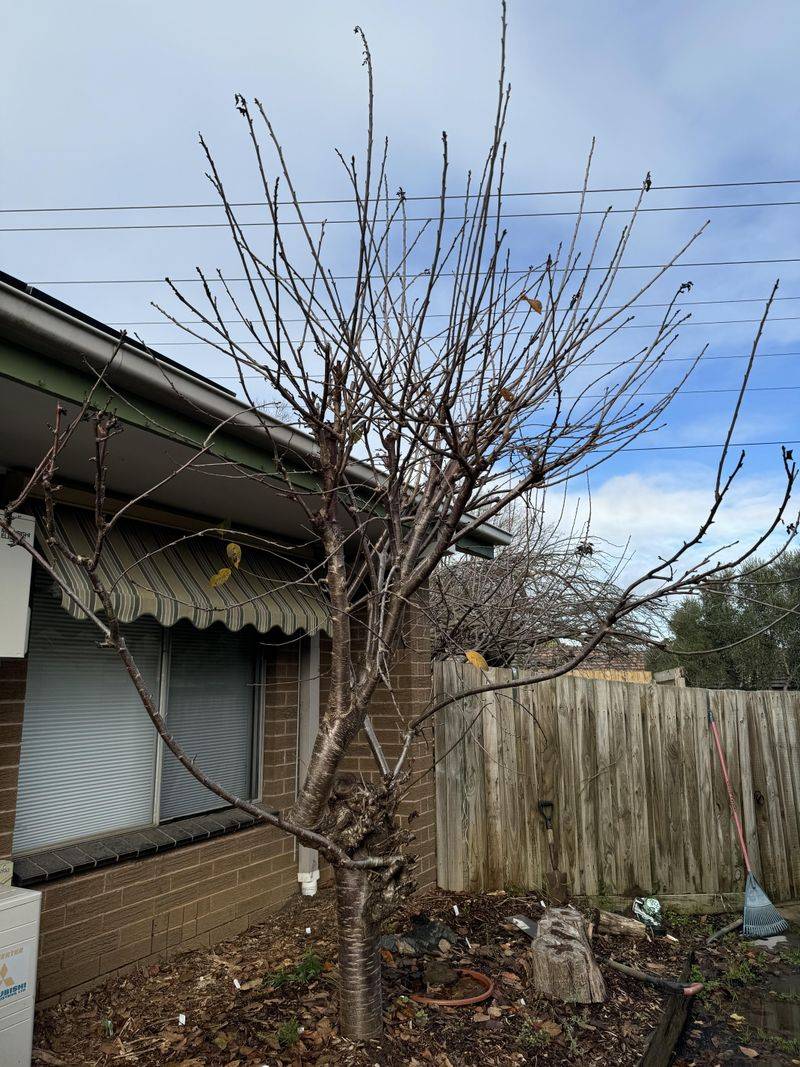Pruning trees and shrubs might seem straightforward, but there are plenty of pitfalls along the way. Who knew that a little snip here and a trim there could lead to a horticultural disaster?
I’ve made my fair share of blunders, and I’m here to share some mistakes you absolutely need to dodge to keep your green friends thriving.
From timing misfires to technique errors, let’s explore these pruning pitfalls with a smile and some personal stories.
1. Pruning At The Wrong Time
Timing is everything in life, and pruning is no exception. I once pruned my lilacs in the fall, thinking I’d get a jump on spring cleaning. Big mistake!
They didn’t bloom the following year, leaving me with a garden full of green but no color. Understanding the growth cycle of your plants is crucial. The wrong season can spell disaster for flowering shrubs and trees. Generally, pruning in late winter or early spring is best, but knowing your plant’s specific needs can save you from this common mistake.
2. Using Dull Tools
Ever tried cutting hair with dull scissors? It’s a nightmare, and the same goes for pruning with blunt tools. I learned this the hard way after mangling a beloved rose bush, leaving it looking more like a sculpture gone wrong.
Sharp tools make clean cuts and reduce the risk of disease. Keep those shears and saws sharp to avoid leaving ragged edges that can invite pests and pathogens.
Regular maintenance ensures your tools are always ready for precise snipping.
3. Over-Pruning
Less is more, they say, but not when it comes to pruning. I once went a bit too wild on my maple tree, thinking I’d help by giving it a good trim. It ended up looking like a sad, skinny shadow of its former self.
Over-pruning can stress and weaken plants, making them susceptible to disease and pests.
Know your plant’s growth habit and prune conservatively to maintain its natural shape and health. Moderation is key to avoiding this costly mistake.
4. Ignoring Plant Health
Pruning is like surgery for plants, and ignoring their overall health can be detrimental. I once pruned a shrub without noticing it was already struggling with disease.
It was a disaster, making the poor plant even more vulnerable. Always assess the health of your plants before pruning. If they show signs of illness, it’s best to address those issues first.
Healthy plants respond better to pruning, so make sure they’re in good shape before you start snipping.
5. Improper Cutting Technique
Technique matters, even in gardening. I once made a cut too close to the trunk, damaging the tree’s bark and leaving it open to disease. It was a lesson in patience and precision.
Proper cutting techniques, like cutting at the right angle and distance from the node, can make all the difference.
Take your time to learn and apply the right methods to ensure healthy growth and recovery. Avoiding improper cuts helps protect and nurture your plants.
6. Neglecting To Sterilize Tools
Cleanliness is next to godliness, or so they say, especially in the garden. I’ve witnessed firsthand how dirty tools can spread disease between plants. After losing a few roses, I learned my lesson.
Always sterilize your tools before and after use to prevent transferring diseases. A simple wipe with alcohol or bleach solution can save your plants from unnecessary harm.
It’s a small step that makes a significant impact on plant health.
7. Pruning Too Close To The Bud
Buds are the future of your plants, and cutting too close can snuff out their potential. I once excitedly pruned my apple tree, only to realize I’d cut away the very buds that would blossom into fruit.
Leave a little room for growth when pruning near buds. A slight buffer ensures the buds can develop into healthy shoots or flowers. Embrace the potential of each tiny bud and give them the space they need.
8. Forgetting To Remove Suckers
Suckers are like pesky weeds, stealing energy from your plants. I’ve overlooked them more times than I care to admit, leading to weak, underperforming trees.
These unwanted shoots can rob nutrients from the main plant, so it’s essential to remove them as soon as they appear.
Regular checks and timely removal help your trees and shrubs thrive without competition for resources.
9. Pruning During Drought
Drought-stricken plants are already stressed and pruning them can be the straw that breaks the camel’s back. I’ve seen my plants struggle during a dry spell after ill-timed pruning.
It’s best to wait for healthier conditions before reaching for those shears. Inadequate water supply makes it hard for plants to recover from cuts.
Let them conserve energy and focus on surviving tough times, then prune when conditions improve.
10. Ignoring The Tree’s Natural Shape
Forcing a tree or shrub into an unnatural shape is like trying to fit a square peg in a round hole. I once tried to shape my hedge into a perfect box, and it ended up looking more like a badly assembled puzzle.
Appreciate the natural form of your plants and work with it, not against it. Understanding and respecting their growth habits ensures a harmonious and healthy landscape.
11. Not Cleaning Up Debris
After a good pruning session, the last thing you want to do is clean up, but leaving debris can harbor pests and diseases.
I’ve learned this the hard way, with fallen branches becoming a playground for unwanted bugs.
Make it a habit to clean up immediately after pruning. It keeps your garden tidy and helps prevent infestations and infections. A little effort in tidying up can save you a lot of trouble down the road.
12. Using Incorrect Tools
Using the wrong tool is like trying to eat soup with a fork. I once used hedge clippers for delicate rose bushes, and the results were less than ideal.
Each plant and branch thickness requires specific tools for the best results. Matching the tool to the task not only makes pruning easier but also minimizes damage and stress on your plants.
Equip yourself well for a successful pruning experience.
13. Topping Trees
This is an aggressive pruning method that can severely damage trees. I tried it once in hopes of controlling a tree’s height, but it led to weak regrowth and an unattractive silhouette.
Instead, focus on thinning and selective cutting to manage size and shape. Topping can create more problems than it solves, weakening trees and potentially shortening their lifespan.
Avoid this harsh technique in favor of healthier, more sustainable practices.
14. Pruning Without A Plan
Before you start, assess your plants and decide what needs attention.
Embarking on pruning without a clear plan can lead to chaos. I’ve been guilty of this, pruning haphazardly and ending up with an uneven, unbalanced mess.
A well-thought-out plan guides your cuts, ensuring a harmonious and healthy result. Like any great endeavor, a little planning goes a long way in the garden.
15. Ignoring Tree Age
Young trees are like kids; they need a gentle touch. I once pruned a sapling too aggressively, thinking I was helping its growth. It struggled to recover, reminding me that age matters.
Mature trees, on the other hand, can handle more pruning. Tailor your approach to the age and stage of each plant to nurture them effectively. Recognizing their specific needs ensures they thrive at every phase of life.
16. Removing Too Much Foliage
Foliage is the lifeblood of your plants and removing too much can starve them of necessary nutrients. I’ve stripped a shrub bare before, leaving it vulnerable and weak.
Balance is vital; only remove what’s necessary to improve airflow and light. Maintaining enough leaves ensures healthy photosynthesis and robust growth.
Keep your plants thriving by respecting their green, leafy needs.
17. Pruning Only The Exterior
Focusing solely on the outer layer of plants leaves them dense and suffocated inside. I’ve made this mistake, leading to poor air circulation and hidden pests.
Prune the interior as well to promote healthy growth throughout. Thinning out the inside encourages better light penetration and airflow, resulting in healthier, more beautiful plants.
A balanced approach ensures your garden flourishes inside and out.
18. Over-Pruning Fruit Trees
These trees need careful attention, and over-pruning can lead to reduced yield. I once pruned my apple tree too zealously, and that year, the harvest was meager.
Prune just enough to maintain shape and encourage fruit-bearing branches. Too much can shock the tree and disrupt its seasonal rhythm.
With a delicate touch, you can enjoy bountiful harvests without compromising tree health.
19. Ignoring Dead Or Diseased Wood
Dead wood doesn’t support life, and diseased wood spreads trouble. I used to overlook these issues, thinking they’d resolve on their own, only to see them worsen.
Removing dead or diseased wood promptly helps plants heal and focus on healthy growth. It prevents further disease spread and encourages new, vigorous growth.
Keep your garden vital by addressing these problems head-on.
20. Improper Wound Closure
Pruning wounds are like open cuts and need proper closure. I once neglected this, leaving my tree open to infection and decay.
Consider using sealants or allowing natural healing for small cuts to prevent disease.
Proper wound care ensures recovery and long-term health, giving your plants a fighting chance against the elements.
21. Ignoring Safety Precautions
Safety should always come first, even in gardening. I’ve had my share of scratches and near-misses from not wearing gloves or goggles.
Protect yourself with appropriate gear to prevent injuries. A little caution goes a long way, allowing you to enjoy gardening without unnecessary risks to your well-being.
22. Pruning In Wet Conditions
This can make pruning risky and harmful. I’ve tried it, slipping on wet branches and risking fungal spread.
Wait for dry weather to minimize disease risk and ensure safe footing. Dry conditions allow clean cuts and better plant recovery. Timing your pruning for the right weather ensures a successful and safe experience.

